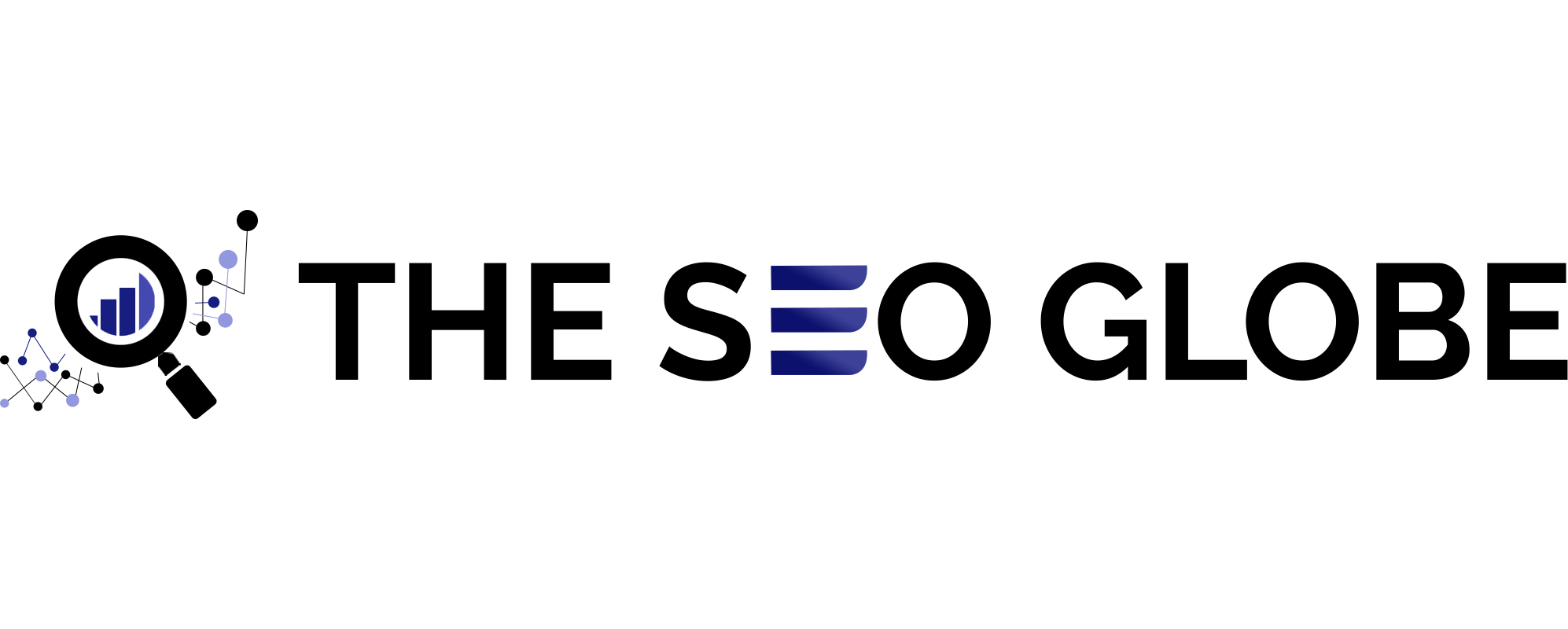Google has been dropping hits all over about lowering Google hints and lowering Country Code Top-Level Domains SEO value. Know all about its impact and worth here in this blog post.

A reliable indicator of a website’s geographic relevancy country code top-level </span>domains or ccTLDs have long been a mainstay of the digital landscape. Local search results were improved by domains like (.uk) for the United Kingdom, (.ca) for Canada, and (.au) for Australia which helped search engines comprehend the location-specific intent of content. However new signals from Google point to a change in the way these domains are assessed in relation to Search Engine Optimization (SEO).
In the past, Country code top-level domains were thought to be an important ranking factor for local searches. Using a .de domain would logically increase business visibility among German users if it intended to target customers in that country. Search engine’s work was made easier by the obvious correlation between domain and location however as algorithms have improved and online content has grown more complex this straightforward strategy has to be reconsidered.
With increased sophistication, Google’s algorithms can now determine the relevance and context of content without heavily depending on ccTLDs. Geographic relevance can now be inferred more from factors like IP address local backlinks and user engagement metrics. This means that the SEO weight of Country code top-level domain is decreasing which is consistent with a larger movement in the direction of a more comprehensive comprehension of content relevance.
Innovation in Country Code Top-Level Domains Branding
Though their usefulness for SEO may be declining ccTLDs have seen creative evolution in their utility for branding and marketing. Businesses have cleverly incorporated ccTLDs into their domain names to create memorable and captivating addresses. For instance, the URL shortener bit.ly makes use of Libyas.ly ccTLD to create a succinct brand-friendly domain while the social media platform about.me uses the .me Country Code Top-Level Domain to create a personal and approachable web address.
This pattern highlights a move away from a strictly geographic focus and toward a more sophisticated use of ccTLDs as a tool for branding. a domain similar to del. In order to create a unique and memorable web address Delawares.us ccTLD was combined with the now-defunct but once-popular icio.us.
In an oversaturated digital market these domains not only communicate a sense of creativity and modernity, but they are also simple to remember. Innovative use of ccTLDs goes beyond novelty and frequently becomes a crucial part of a business brand and advertising plan. To stand out in a crowded market, tech companies and startups often choose unusual domain names that convey innovation and are forward-thinking.
Effect on Internet Marketing Techniques
The Effect on Internet Marketing Techniques. Businesses need to modify their SEO strategies in accordance with Google’s shift in emphasis away from the conventional SEO value of ccTLDs. This update places more emphasis on the value of user experience relevance and high-quality content than on straightforward domain selections. Here are a few crucial modifications SEO experts ought to take into account:
1. Content Localization: Pay attention to content localization to target particular audiences rather than depending on ccTLDs. Using local languages. Making cultural allusions and speaking to issues or interests unique to a region are all examples of this.
2. Technical SEO: Using Hreflang tags properly structuring URLs and making sure that websites load quickly and are responsive to mobile devices are all essential. These technical details aid search engines in determining the content’s geographic relevancy.
3. Effective SEO: SEO still relies heavily on the development of high-quality local backlinks. To increase your site’s authority in a particular area, collaborate with regional influencers to participate in neighbourhood events. Also, get listed in local directories.
4. Local Listings and Reviews: Make sure your company is listed on regional platforms like Yelp Google My Business and other local directories. To improve local search rankings, encourage happy customers to write positive reviews.
5. Interaction Measures: Concentrate on raising user interaction metrics such as time spent on the site click-through rates and bounce rate. Search engines are informed by high engagement that your content is valuable and relevant to users in a specific area.
The Country Code Top-Level Domains marketing worth
Even with the changing SEO scene ccTLDs are still very valuable from a marketing standpoint. They may strengthen a brand’s identity and increase its relatability and credibility with regional consumers. Customers trust and loyalty can be increased by using a local domain to represent a company’s dedication to a particular market.
In contrast to using a generic. com domain, French users may view a French company operating under the .fr domain as more genuine and trustworthy. Moreover, as evidence of the Country Code Top-Level Domains’ persistent marketing power, this perception may promote increased engagement and conversion rates.
Furthermore, ccTLDs can give a business an advantage in terms of brand differentiation. A distinctive and memorable domain name can help a business stand out in a global market and aid in customer acquisition and brand recall. Startups and small businesses trying to quickly establish a strong online presence will find this especially helpful.
Implications For Public
A wider development in digital marketing tactics is indicated by the shifting significance of ccTLDs in SEO. Companies should abandon their reliance on geographic domain indicators and adopt a more holistic strategy that puts user experience technical optimization and relevant content first.
This change entails making greater investments in producing excellent locally relevant content. Also, interacting online with nearby communities for small businesses and individual website owners. Big businesses should keep utilizing their worldwide influence while customizing content for regional markets via subdirectories or subdomains bolstered by strong technical SEO techniques.
In the end, ccTLD’s significance for branding and marketing is still strong even though its direct SEO value may be diminishing. Businesses can effectively navigate this shift and maintain or even improve their online presence in an increasingly complex digital landscape by combining creative domain names with an emphasis on content and user engagement.
To sum up, Google’s SEO algorithms have evolved to reflect a deeper comprehension of content relevance than simple geographic indicators like ccTLDs. To thrive in the ever-changing landscape of internet search, businesses must adjust by concentrating on thorough SEO strategies innovative branding and excellent localized content.
Also Read: Google Might Switch to Automatic Language Detection and Depend Less on Hreflang

